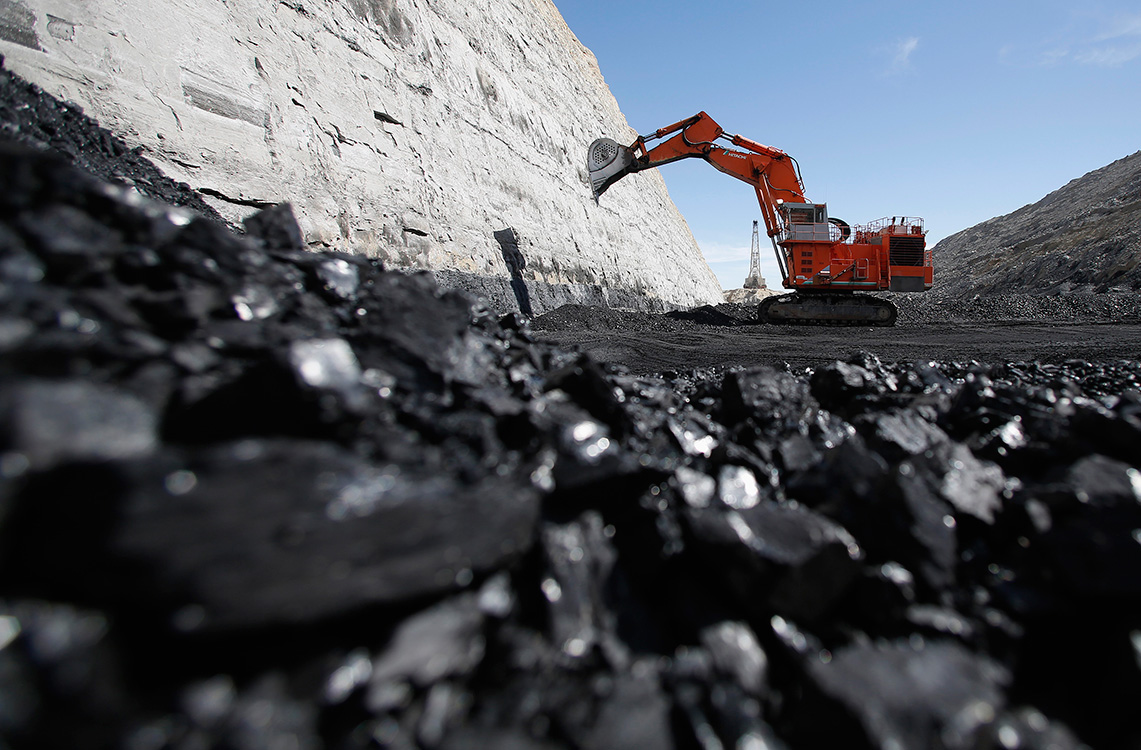The Iranian coal industry, long underutilized despite its massive potential, is capable of driving the mining sector, boost energy production and create the sorely-needed jobs envisioned in the Sixth Five-Year Development Plan (2017-22).
“Iran produces only 1.1 million tons of coal per year while it has 1.15 billion tons of proven reserves. This means Iran is missing out on a huge potential of job, wealth and energy creation,” Ali Palizdar, deputy head of Middle East Mines and Mining Industries Development Holding Company, said in a write-up for the Persian economic weekly Tejarat-e Farda.
It might sound strange to talk of developing coal in a clean-energy obsessed age, as investments are shifting away from fossil fuels toward renewable energy across the world.
However, the International Energy Agency’s 2017 outlook has painted a different landscape, stating that fossil fuels will remain the world’s dominant energy sources for at least the next three decades.
IEA forecasts electricity generated using coal to increase by 10% by 2040. Also, about 74% of the world’s steel are made using blast furnaces and basic oxygen steelmaking (BOS), keeping up demand for the material. The 12% growth in coking coal production in 2011-15 is a testament to coal’s resilience.
Large players such as Russia and the United States are increasingly investing in coal, while enjoying huge reserves of oil and gas. Currently, more than 40% of the world’s electricity are generated via coal and coal producing countries use an average of 0.8% of their coal reserves per year.
This is while Iran, hamstrung by its overdependence on oil, has missed out on diversifying its energy sources. It uses only 0.1% of its coal reserves and is yet to establish any coal power plant.
On top of all this, coal prices are looking highly attractive. Coking coal, the material used in steelmaking, has surged 37% in value since the beginning of November and is averaging $185.70 in 2017, a more than $40 gain compared to the average price of last year, Mining.com reported.
Job Creation Potential
The Sixth Plan envisions boosting economic growth to 8% and dropping unemployment from last year’s 12.6% to 8.6% in 2022.
The government has actually betted high on the mining sector to help deliver these goals. Mines are set to have an annual average value-added growth of 8.8% and an average job creation of 4.6%.
Considering the 100,000 workers directly involved in the industry, at least 5,000 more jobs must be created every year in the sector to materialize the goals, with the total number of jobs reaching 25,000.
This is where coal comes in, with a favorable medium-term global condition, vastly untapped reserves and considerable job creation potential.
Coking Coal Shortage
Although coking coal makes up about 900 million tons of Iran’s proven coal reserves, there is still a chronic shortage of the material for downstream industries.
Steel industry’s blast furnaces and BOS plants require 4.3 million tons of coking coal every year and about 30% of it are met through imports.
Iran’s coal mines annually produce 1.1 million tons of coal concentrate while their output capacity reaches 3 million tons. Meeting the real demand for the material requires plants to utilize their total capacity and triple output.
Aside from the immediate benefits, tripling output will at least double coal mines’ current workforce and create more than 10,000 jobs in just one sector.
Thermal Coal
Iran’s 250 million tons of proven and 1.3 billion tons of estimated thermal coal reserves are neither being properly used for energy production nor being cashed in on their exports.
The country’s only coal power plant project was kicked off eight years ago with an investment of $500 million. It was meant to generate 650 megawatts of electricity per year, but was laid off in less than a few years and is currently completely abandoned.
A meager 150,000-200,000 tons of thermal coal are exported every year, most of which lose their competitive edge over high transportation costs.
This is while investing in both plants and thermal coal shipments has a higher job creation potential compared to iron ore and aluminum sectors. The generation of 1,000 megawatts requires 5-7 million tons of thermal coal and will directly create 5,000-7,000 jobs.


